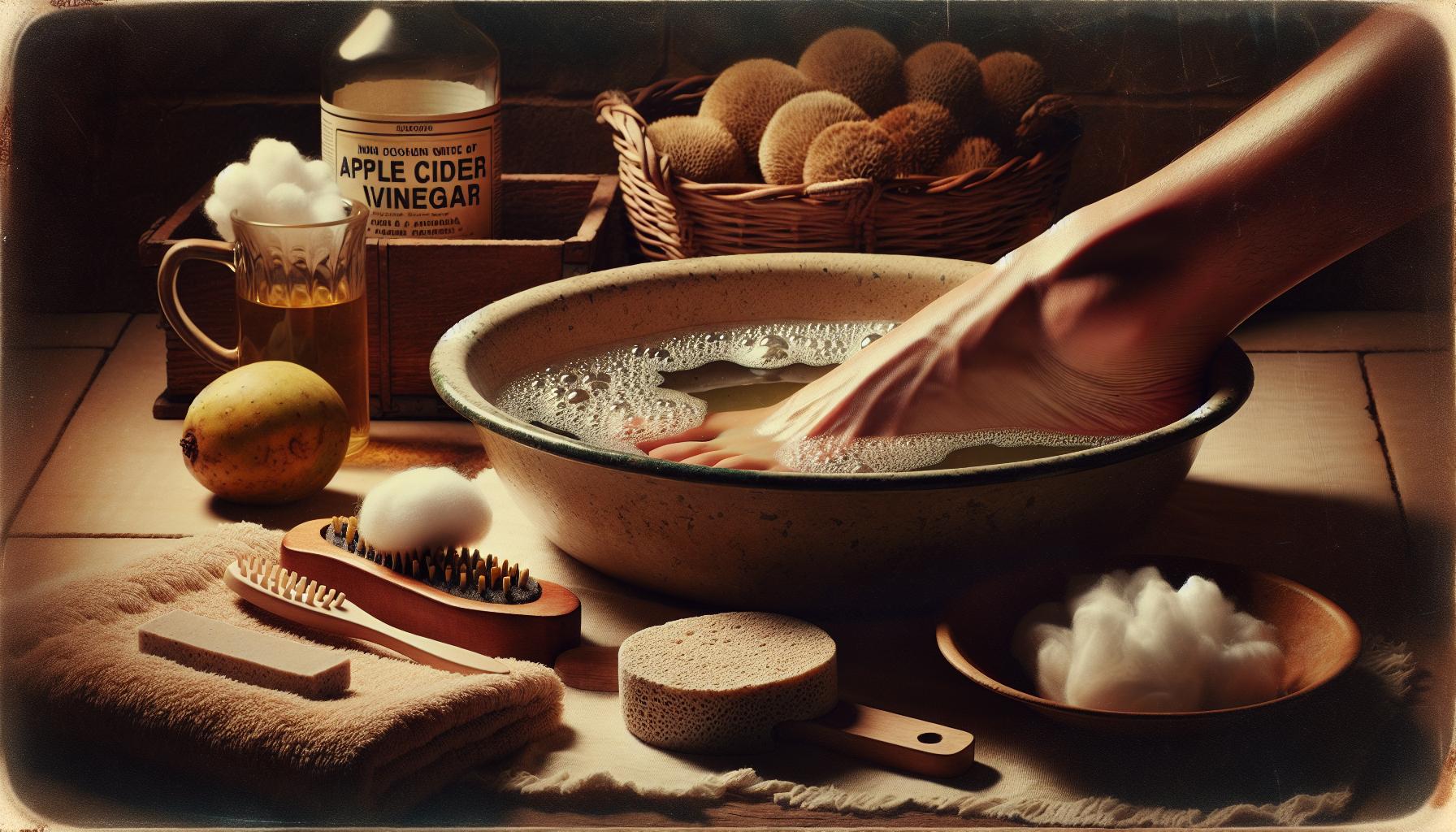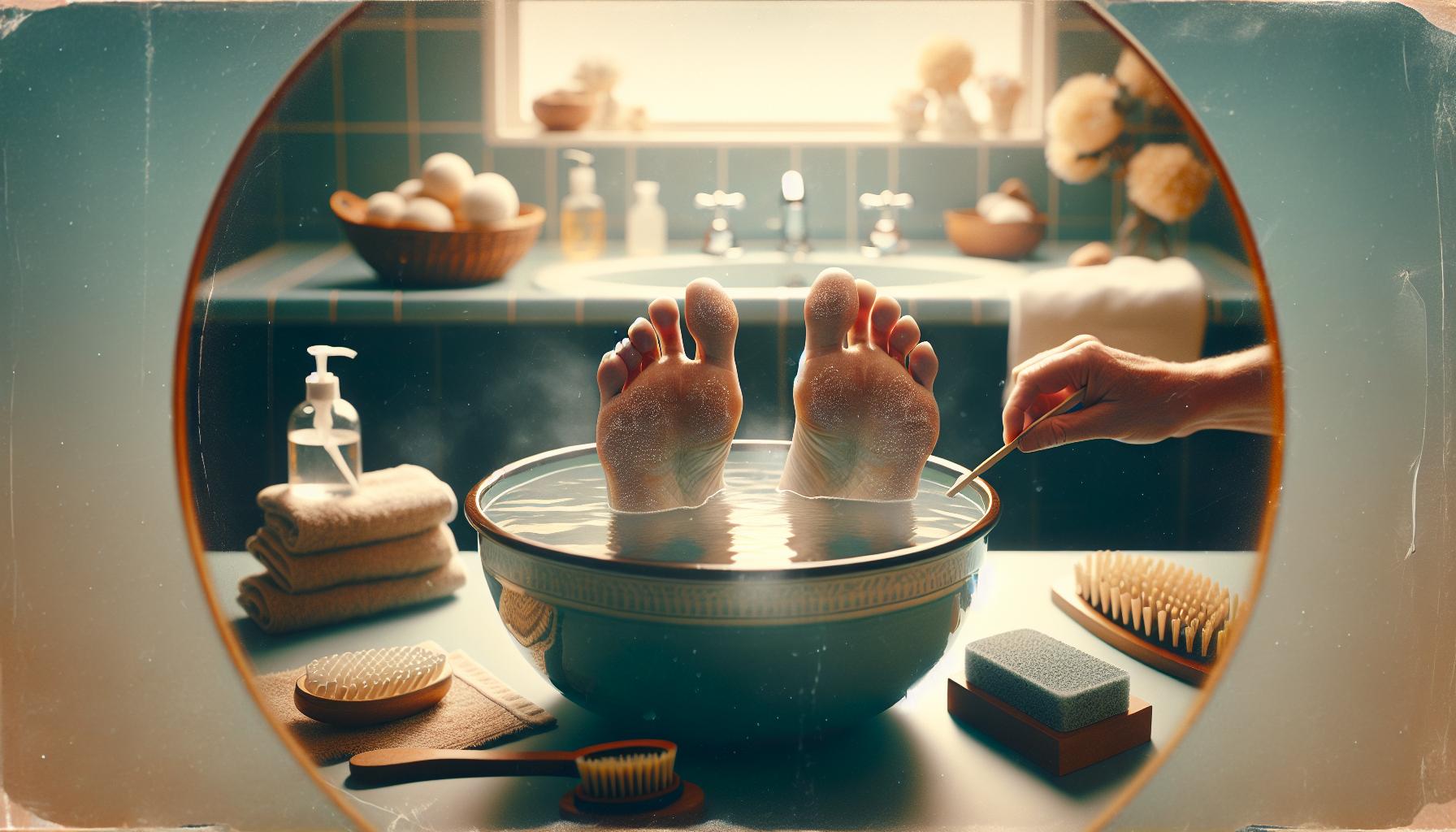Corns can be a painful nuisance, affecting daily activities and overall foot health. Understanding how to effectively remove corns not only alleviates discomfort but also prevents future issues. This article explores various methods for corn removal, from home remedies to professional treatments, ensuring readers find the best solution for their needs.
For expert advice and treatment options, consider consulting a podiatrist at Align Health Collective, who can evaluate your foot health and recommend tailored solutions for effective corn removal.
Understanding Corns on Foot
Corns are thickened areas of skin that form on the feet, typically on the toes or soles. They occur as a response to friction and pressure, often causing discomfort and pain during movement.
What Are Corns?
Corns are small, raised, conical areas of thick skin that develop due to excessive pressure on the foot. They protect the skin underneath from damage and friction. Corns vary in size and shape, but they usually possess a central core that can press into the skin, leading to discomfort.
Causes of Corns
- Improper Footwear: Shoes that are too tight or too loose can create friction and pressure, contributing to corn formation.
- Foot Deformities: Conditions like bunions or hammer toes exert additional pressure on specific areas of the foot.
- Repetitive Activities: Actions that involve constant rubbing, such as running or walking excessively, can lead to corns.
- Lack of Foot Care: Neglecting foot hygiene can exacerbate skin conditions, making the skin more susceptible to corns.
- High-Impact Exercises: Activities that place stress on the feet, especially without suitable footwear, increase the risk of developing corns.
Methods for Removing Corns

Effective removal methods provide relief from corns. Options include home remedies, over-the-counter products, and professional treatments. Each method has unique characteristics suited for different situations.
Home Remedies
Home remedies offer accessible solutions for corn removal. These approaches include:
- Soaking Feet: Soaking feet in warm, soapy water softens corns. It prepares them for easier removal.
- Pumice Stone: Gently rubbing a pumice stone on a corn after soaking helps to exfoliate thickened skin. Regular use reduces its size.
- Moisturising Creams: Applying products containing urea or salicylic acid daily hydrates skin and aids in dissolving corns.
- Apple Cider Vinegar: Soaking a cotton ball in apple cider vinegar and applying it to the corn overnight helps dissolve thick skin.
Over-the-Counter Products
Over-the-counter products provide effective solutions for corn treatment. They include:
- Corn Pads: These pads protect corns from pressure. They often contain salicylic acid to dissolve the thickened skin.
- Liquid Corn Remover: This solution typically contains salicylic acid and applies directly to the corn, breaking down the skin without harming healthy tissue.
- Exfoliating Creams: Creams with glycolic acid or urea exfoliate the skin, making it easier to remove corns.
Professional Treatments
- Podiatrist Consultation: A podiatrist evaluates the corns and advises tailored removal strategies. This may involve professional-grade treatments.
- Cryotherapy: This method uses extreme cold to freeze the corn, effectively removing it. It requires a trained professional.
- Surgical Removal: In severe cases, surgical intervention may be necessary. This treatment removes the corn and addresses underlying foot structure issues, significantly reducing the likelihood of recurrence.
Preventing Corns from Reoccurring
Preventing corns from reoccurring involves making conscious choices regarding footwear and maintaining an effective foot care routine.
Proper Footwear
Choosing proper footwear significantly reduces the risk of corns. Shoes should fit well, allowing for adequate toe space. Footwear should provide cushioning and arch support. Avoid shoes with pointed toes or high heels, which increase friction. Opt for wider, flatter shoes to minimise pressure on the feet. Regularly assess footwear for wear and tear, replacing any that cause discomfort.
Foot Care Routine
Implementing a consistent foot care routine is essential for corn prevention. Soaking feet in warm water softens the skin and aids in regular maintenance. Exfoliating the feet with a pumice stone removes dead skin, preventing buildup. Moisturising daily keeps skin supple and reduces thickening. Inspect feet regularly for signs of corns or calluses, addressing any issues promptly. Wearing moisture-wicking socks helps prevent moisture buildup, further protecting the skin.
When to Seek Medical Advice
Seek medical advice if corns cause significant pain that interferes with daily activities. Consult a healthcare professional when home treatments fail to provide relief after two weeks. Visit a doctor for thorough evaluation if corns recur frequently, as this may indicate underlying foot problems.
Consider consulting a podiatrist if corns appear alongside other foot issues, such as swelling, redness, or discharge. Diabetic individuals or those with peripheral artery disease must pursue immediate evaluation for corns, as complications can arise from impaired healing and increased infection risk.
Request professional assistance when addressing corns that develop on pressure points or between toes, as these situations can complicate removal and require specialised care.
Conclusion
Addressing corns effectively is crucial for maintaining foot health and comfort. By selecting the right removal methods and adopting preventive measures, individuals can significantly reduce the pain and discomfort associated with corns. Whether opting for home remedies or seeking professional treatment, it’s essential to stay proactive about foot care.
Taking the time to invest in proper footwear and establishing a consistent foot care routine can make a world of difference. For those experiencing persistent issues or severe discomfort, consulting a healthcare professional is vital to rule out underlying conditions. With the right approach, individuals can enjoy healthier feet and a more active lifestyle.
Frequently Asked Questions
What are corns and how do they form?
Corns are thickened areas of skin that develop on the feet due to friction and pressure. They often result from ill-fitting footwear, foot deformities, repetitive activities, or high-impact exercises that continuously irritate the skin.
What are some home remedies for corn removal?
Effective home remedies include soaking your feet in warm water, using a pumice stone to gently exfoliate, applying moisturising creams to soften the skin, and using apple cider vinegar to dissolve corns.
What over-the-counter products can help with corns?
Over-the-counter options for corn removal include corn pads, liquid corn removers, and exfoliating creams that typically have salicylic acid or glycolic acid to help dissolve thickened skin.
When should I see a doctor for corns?
Consult a healthcare professional if corns cause significant pain, if home treatments are ineffective after two weeks, or if you have recurrent corns. Individuals with diabetes or peripheral artery disease should seek immediate evaluation for potential complications.
How can I prevent corns from reoccurring?
To prevent corns, choose well-fitting footwear that offers adequate toe space, cushioning, and arch support. Maintain a consistent foot care routine, including soaking, exfoliating, moisturising, and regularly inspecting your feet for any signs of corns.
